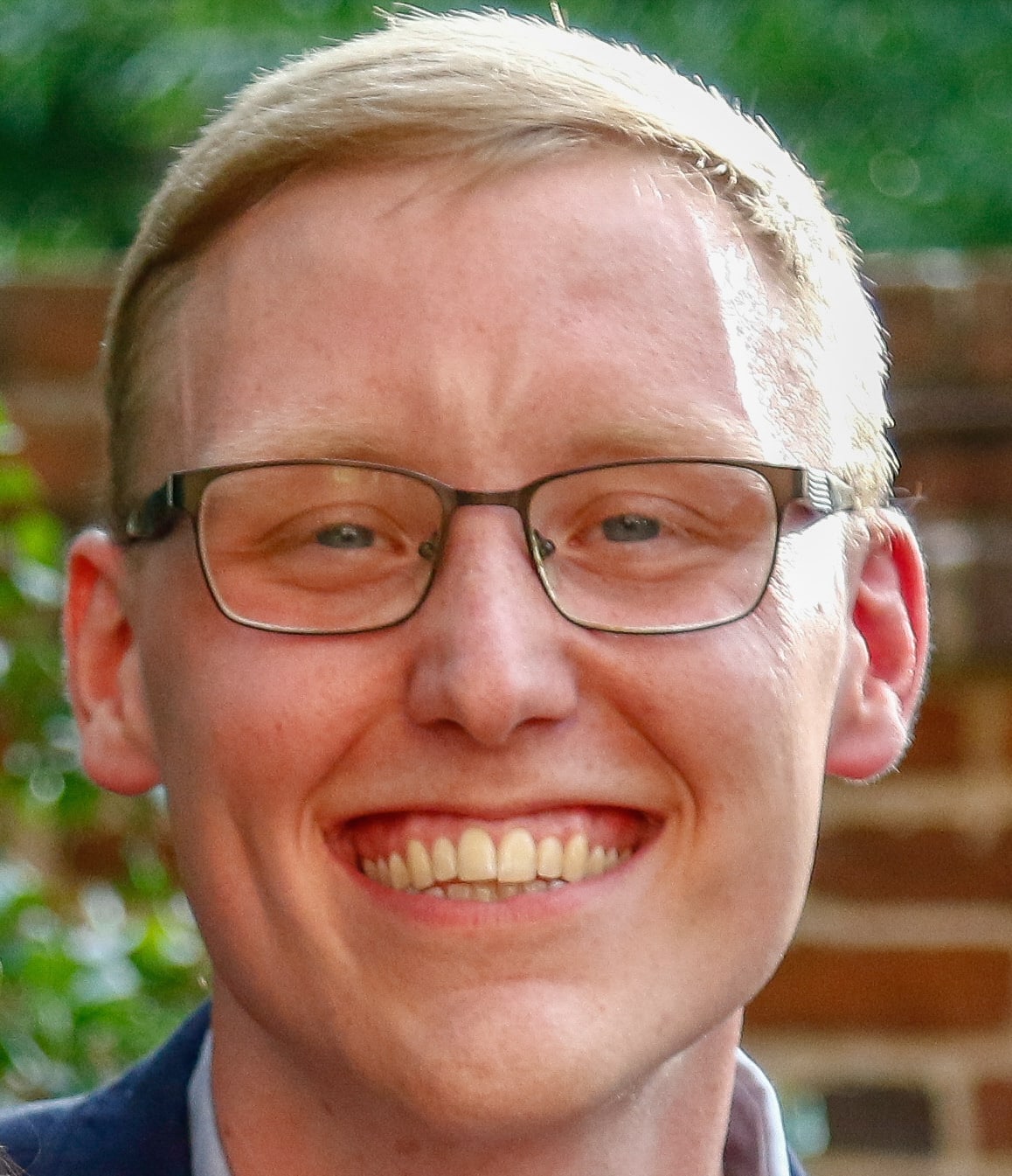SOUTH CAROLINA GAMECOCKS FOOTBALL
It’s no secret South Carolina has been an abysmal scoring offense in the second half of football games this year.
They’ve been outscored by a wide gap after halftime this year with a minus-39 scoring margin in the second half, and Tuesday Will Muschamp tried to analyze why his team’s not been good coming out of the break.
“Well, we’re not getting the production we need, especially in the second half. I don’t think it’s one thing, I think it’s multiple things. You look at the second half, and we study this stuff, we‘ve had 10 turnovers versus power five opponents this year. Seven have come in the second half—two against North Carolina, two against Alabama, two against Missouri,” he said. “We’ve had six possessions end in downs where we don’t convert a fourth down situation. That’s 13 possessions—and I want to say in second halves this year we’ve had anywhere from 46 to 48 possessions—I’m not very good at math but I’ll say that’s close to 30 percent of possessions are not ending with you giving yourself a chance to score."
Also see: Player availability notes
The Gamecocks, who entered last weekend against Tennessee up four points at halftime, watched as the Vols scored 24 unanswered points en route to a 41-21 win.
In seven games against Power 5 opponents, the Gamecocks are averaging 8.7 points and haven’t scored more than 17 points in a second half all season.
Weirdly enough, their second half statistical numbers are somewhat comparable, if not better, than most first half numbers.
They’re averaging right around the same number of yards per play, more passing yards in the second half, more rushing yards and are averaging over a yard more per rushing attempt in the second half compared to the first halves of games.
The biggest issue is in the passing game, where they’re completing fewer passes and averaging half a yard less per attempt, which affects how often they’re able to put the ball in the end zone.
With the defense allowing, on average, 18 points per second half against Power 5 teams, the offense is having to throw the ball more in second halves and their inefficiencies are limiting how well the unit can function.
“We’ve been ineffective in consistently throwing the football. I think that goes to multiple areas: protection; route running, not running precise routes; accuracy with the football,” Muschamp said. “It’s not one thing; it’s multiple things we’re trying to correct. I thought we got off to the right start on the first play of the game and thought there we some things we did do positive. I point to some youth in key areas. Let’s call it like it is. It’s hard what we’re asking these guys to do.”
Also see: Examining the "middle eight"
With right tackle Dylan Wonnum still out, the Gamecocks are using five either freshmen or first-year starters on offense. The offensive line has three of those with Jovaughn Gwyn, Jordan Rhodes and Jaylen Nichols while the other two are Ryan Hilinski and Nick Muse.
The struggles are unusual for a Muschamp team at South Carolina; last year the Gamecocks outscored opponents in second halves six times in 10 games against Power 5 teams last year with a plus-four scoring margin.
If they want to make a bowl this season, the minus-39 margin has to go up one way or another.
“We need to do a better job of making adjustments and helping our guys to put them in better situations to execute to get more production. I think it’s multiple things,” Muschamp said. “I go back and look at 2018 and in terms of five of the nine games we score 17 points or more in the second half. We know how to make adjustments. Those are things we have to continue to iron out to improve offensively. We need to be more productive, and that’s the bottom line.”
